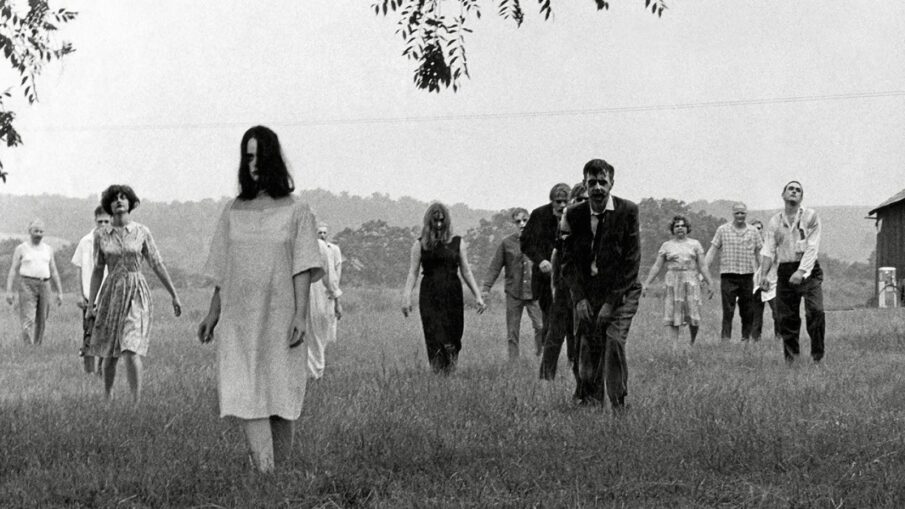Modern horror movies are host to a variety of monsters, from vampires to werewolves, to ghosts and masked killers. Zombies are no exception, though the popularity of these creatures has not always been so prominent. One movie helped put these icons on the map: “Night of the Living Dead.”
“Night of the Living Dead” premiered in 1968, and was directed by George Romero. The movie was shot on a shoestring budget of $100,000 and filmed in rural Pennsylvania, just outside of Pittsburgh. This low budget dictated where it was filmed, so most of it was filmed inside an old farmhouse scheduled for demolition.
Despite the low budget, the movie made over $30 million internationally. It was condemned by critics for the violence and gore that ran rampant through the plot, but still became intensely popular and collected a cult following. “Night of the Living Dead” introduced a flurry of well-known tropes that are still active today in more modern zombie films.
This film follows a group of seven people, trapped together in an abandoned farmhouse in rural Pennsylvania when a supernatural force begins reviving the deceased. As the story progresses, the remaining survivors construct a plan to escape the farmhouse and find safety at a nearby rescue center. Common imagery and plotlines from more modern zombie films are identifiable here, though the abrupt ending still serves to surprise first time viewers.
One of these tropes was the focus on the nature of humanity under pressure, which Romero focused on alongside the introduction of the ghouls. This is seen most notably through the actions of the protagonist Ben, played by Duane Jones.
His character, a Black truck driver, subverted common tropes in film at the time by portraying him as courageous and likable, which was unheard of at the time. Up until this film, Black characters were rarely, if ever, made the main character, and it had never been done in the horror genre.
Though Duane Jones’ character was originally written to be played by a white man, but the character was changed very little from the original concept, the shocking ending was seen as a social commentary for the current civil rights movement that was happening at the time. Romero denied that he had meant to depict these messages, but the film still offered a lasting message in this aspect.
This film, while dated, still largely holds up now, even 55 years later. While modern audiences won’t find the film as frightening as original moviegoers did back in the 1960s, the practical effects are admirable despite the time period and the low budget.
The script and plot, however, are easily the strongest point for this film. While still holding the marks of a typical horror flick, the plot focuses on the responses and actions of characters in regards to surviving this terrifying disaster. It depicts the various ways people react to being in danger, and being forced to work together. This set it apart from similar movies of the time, which focused on the monsters on a more surface level way, rather than taking a deeper look into human nature.
The script was said to be mostly improv, with most of the dialogue based off of a vague idea from George Romero and John Russo, one of Romero’s associates. Russo and Romero’s script was largely incomplete, so a lot of it had to be filled in by the actors themselves. While this can make some lines come across as clunky sometimes, it resulted in dialogue that flowed more naturally and seemed more realistic.
“Night of the Living Dead” was and remains a horror milestone- serving as the foundation of inspiration for apocalyptic movies today. While it might not be scary for modern audiences, no one can deny its importance when it comes to its surprisingly progressive and introspective message, and it’s certainly no surprise that it’s still remembered as such more than half a century later.

